This week, I stumbled upon a great deal on leboncoin for an Aputure 600D Pro light, complete with an F10 Fresnel, Softbox, and combo boom stand, all at an excellent price.
To be frank, I had been considering purchasing a Nanlite Forza 720B or a Nanlux Evoke 1200B to keep it inside a single mobile app. However, it dawned on me that the Aputure 600D with the F10 Fresnel also delivers impressive performance. I was also curious about the light quality of these light fixtures.
Aputure
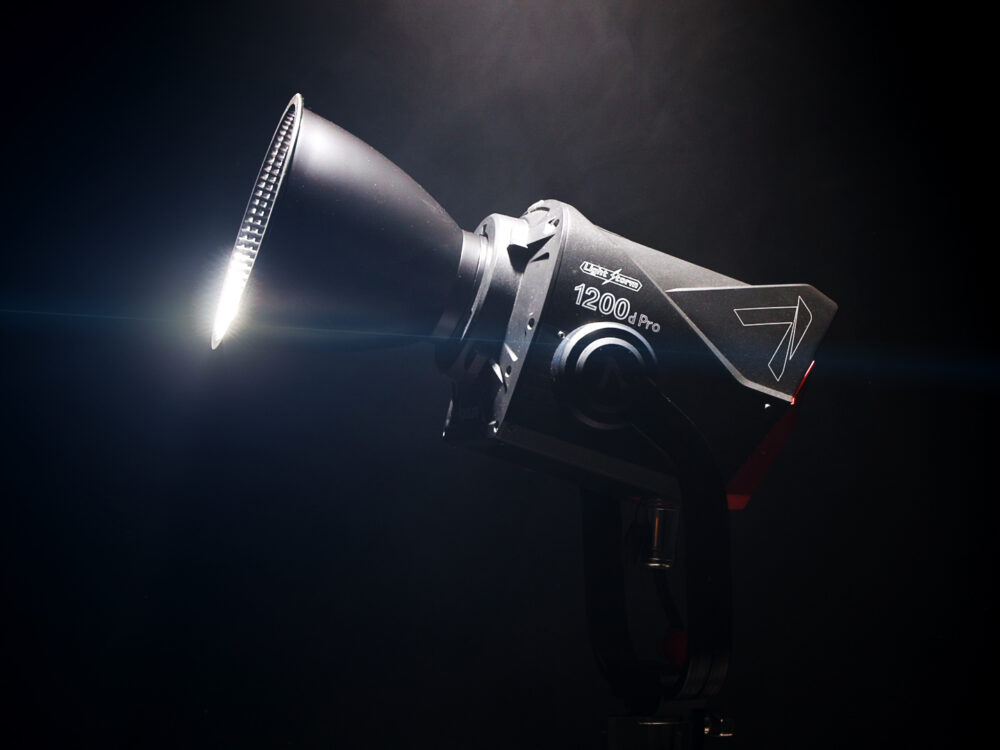
Aputure initially specialized in crafting small accessories for independent filmmakers. However, they gained widespread recognition with the launch of their first range of COB LEDs.
The Light Storm series swiftly established itself as the go-to choice for small-scale productions. Presently, Aputure stands at the forefront of LED lighting technology. Renowned Directors of Photography like Greig Fraser rely on their products, as evidenced by their use in blockbusters such as Denis Villeneuve’s “Dune.”
Aputure dominates the small to medium production lighting equipment market, with other brands like Nanlite, Godox, Smallrig, Zhiyun, Neewer, etc., following in their wake. However, Nanlite is making significant strides and is not far behind in the competition.
Initially founded as a Chinese company, Aputure has since evolved into a global entity, with its engineering team located in California and manufacturing operations based in China, if I’m not mistaken.
The Aputure 600d Pro
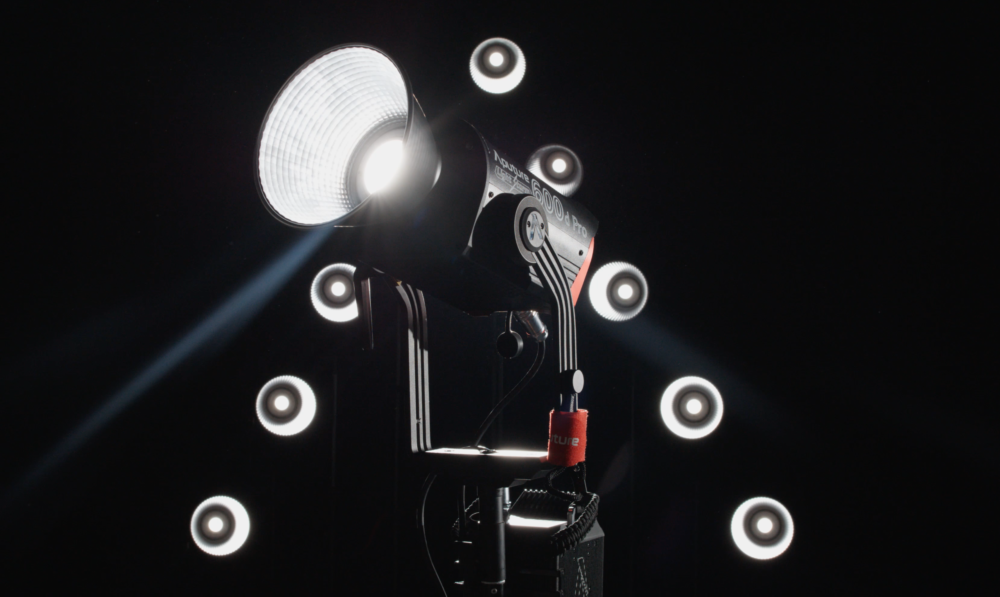
The Aputure 600d Pro made its debut in 2020 as part of the LightStorm series, establishing itself as the most powerful light available at the time and pioneering weather-resistant features.
Indicated by the “D,” this light is calibrated for Daylight or 5600 Kelvin. Additionally, the product line includes two variants: the 600x and the 600c.
The 600X is a bicolor LED light, akin to the Forza 500B II, offering a Kelvin range from 2700K to 6500K, albeit with lower overall output.
On the other hand, the 600c is a full RGB LED, providing a full color spectrum despite having lower light transmission compared to its counterparts.
Why a daylight balanced light?
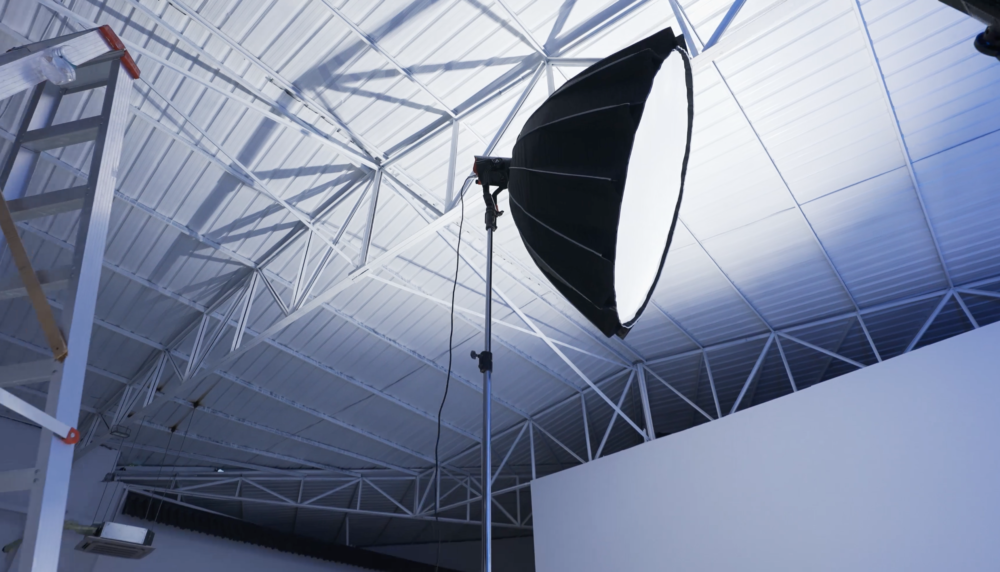
Currently, I own 5 lights, and the majority of them are bi-color LEDs. The reason behind this choice is practicality. Bi-color lights are versatile enough to be used without gels 99% of the time, which is extremely convenient, considering the importance of time on set.
However, Daylight lights offer several advantages. Firstly, they typically feature a COB chip made out of a single color LEDs, resulting in a more uniform light output, particularly noticeable when using a projection mount and gobos or even a fresnel.
Moreover, Daylight LEDs boast a higher output, with the hyper reflector achieving 98,500 lux at 1 meter, compared to 63,900 lux for the 600X and 51,100 lux for the 600C.
In conclusion, despite variations in the SSI score, I personally find that the daylight-balanced light provides a more accurate match to natural daylight straight out of the box.
Power to size ratio
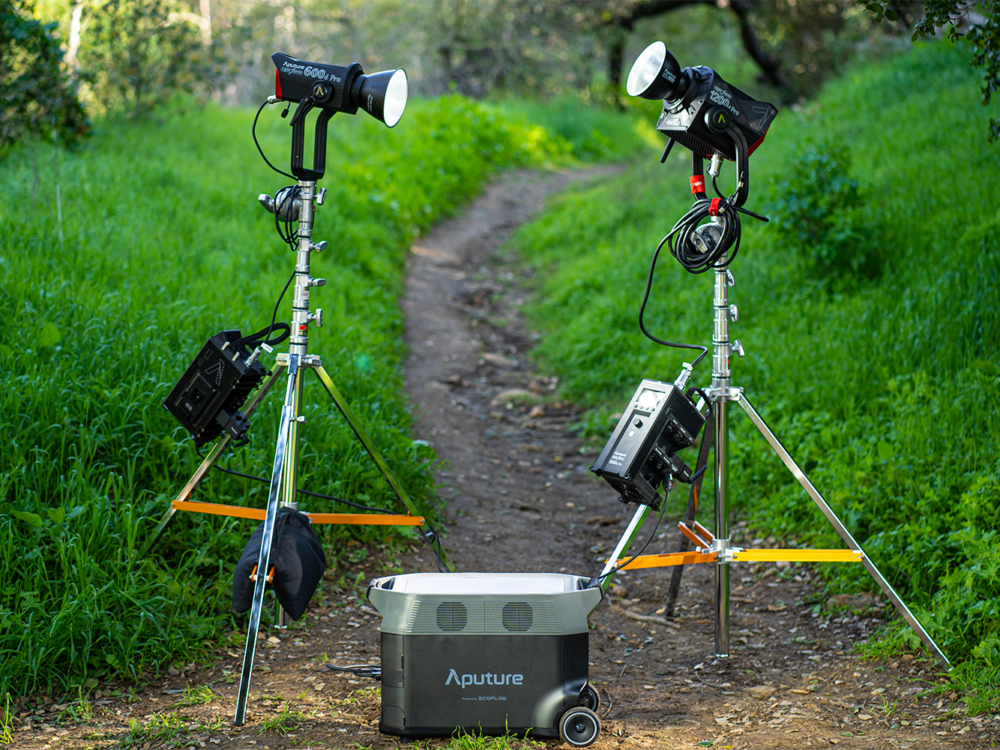
When paired with the F10 fresnel in spot mode at 15°, the 600D can emit an impressive 224,200 lux at 1 meter or 29,300 lux at 3 meters. To put this into context, it falls just a few thousand lux below the 1200D with the F10 at 3 meters, which boasts 32,410 lux, or the Nanlux 1200B with the fresnel at 11°, which achieves 49,940 lux. The Nanlite 720 with a 19° projector mount only achieve 22930 lux despite being a 800 W fixture.
This implies that this light can essentially replicate sunlight streaming through a window using a fresnel, at a significantly lower cost and weight. The light can also be double diffused or used for a book lighting.
The build quality
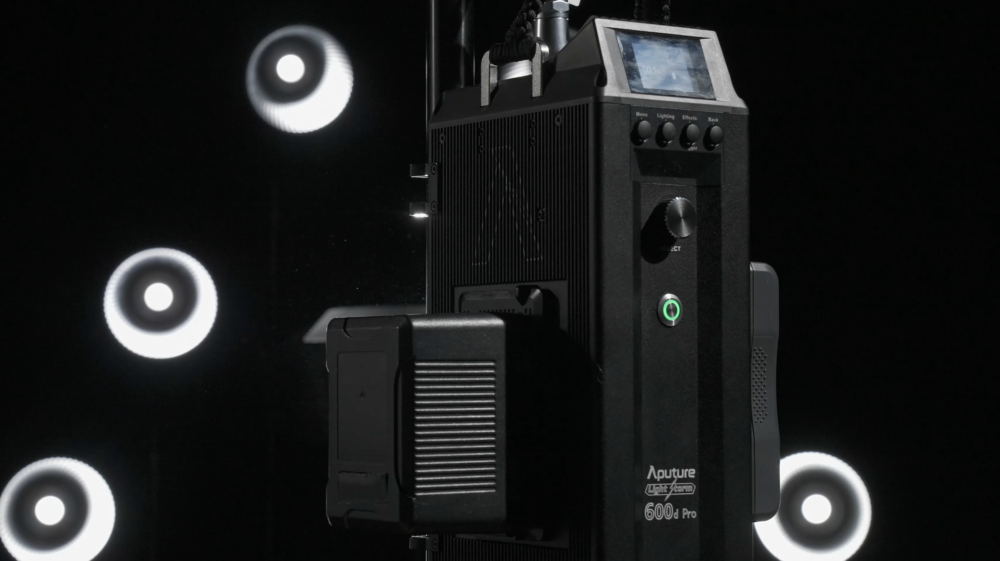
I’ve never had the opportunity to try out a professional-grade product from Aputure before, and I must say, I’m thoroughly impressed.
Unlike other Chinese brands like Nanlite, Aputure doesn’t convey a generic impression. Let me clarify, the 500B II is constructed with metal and carbon fiber, making it as sturdy as a tank.
But when it comes to finitions, it’s honestly day and night. Just by handling the cables you can see why there’s such a gap in price.
The head lamp
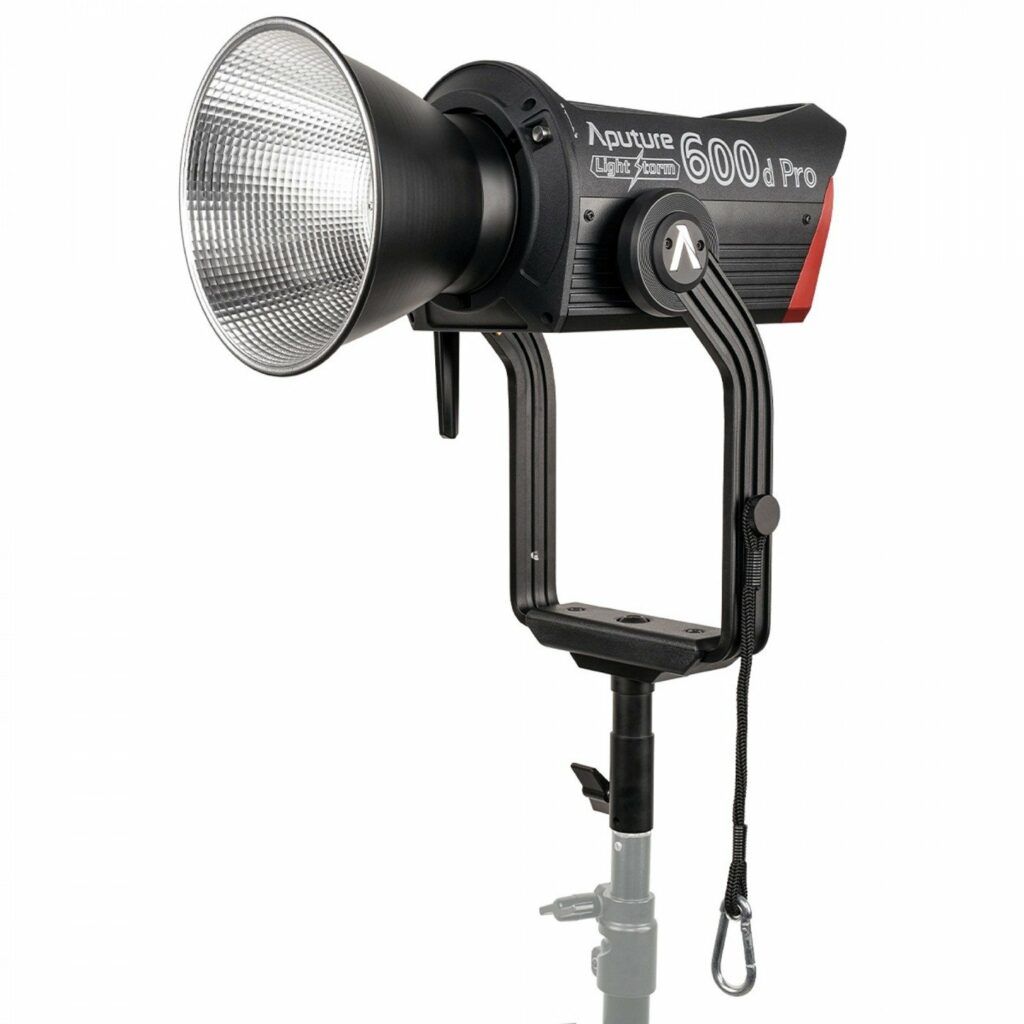
The design of the LS 600d Pro goes beyond a simple metal box with holes. It features elegant curves, colors, and textures, giving it a sophisticated appearance.
Even the ventilation system is seamlessly integrated into the overall design. Additionally, it includes a rubberized handle and branded markings on the yoke for added convenience and style.
The lock mechanism on the yolk is actually a disk brake which feels so much stronger than the one in the Nanlite.
Frankly speaking, it’s akin to comparing a budget-friendly product to an American-designed one like Apple.
The control unit
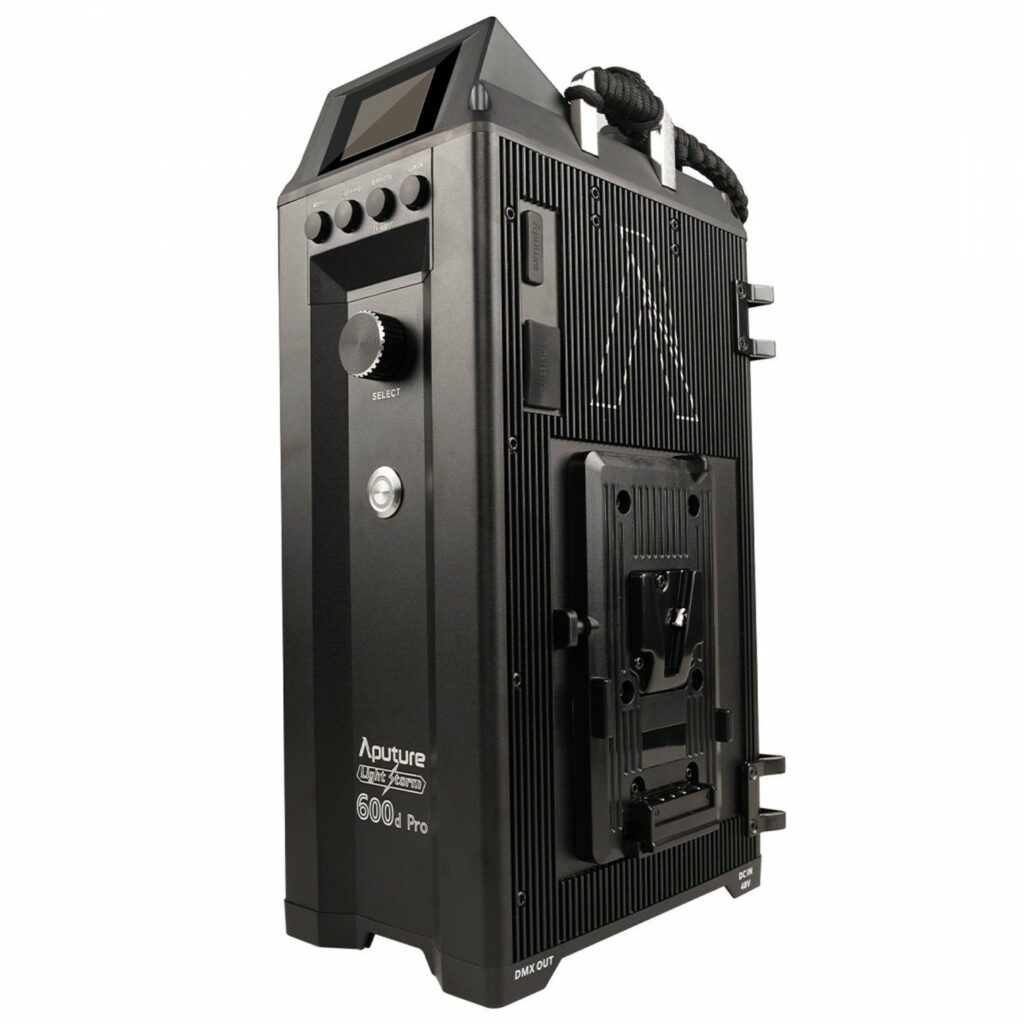
The ballast and mount are very well built, better built than Nanlite in my opinion with so much more connexion point on the bottom.
Aputure has opted to route the cable beneath the unit, which may be less convenient but safer. This design ensures that if the cable is accidentally pulled, it won’t cause the light to fall on someone. This is the level of detail engineered in the design.
The light features only one recessed knob, designed to prevent damage if the light falls. It offers a clicking sensation that feels quite intuitive, allowing users to easily gauge their adjustments even without looking at the screen.
The screen on the LS 600D Pro represents an improvement compared to the standard LS 600D. Its interface and animations are more refined compared to Nanlite, featuring icons and smoother animations. One potential advantage or disadvantage of the Nanlite over the 600D Pro is its hard power button.
Weather protection
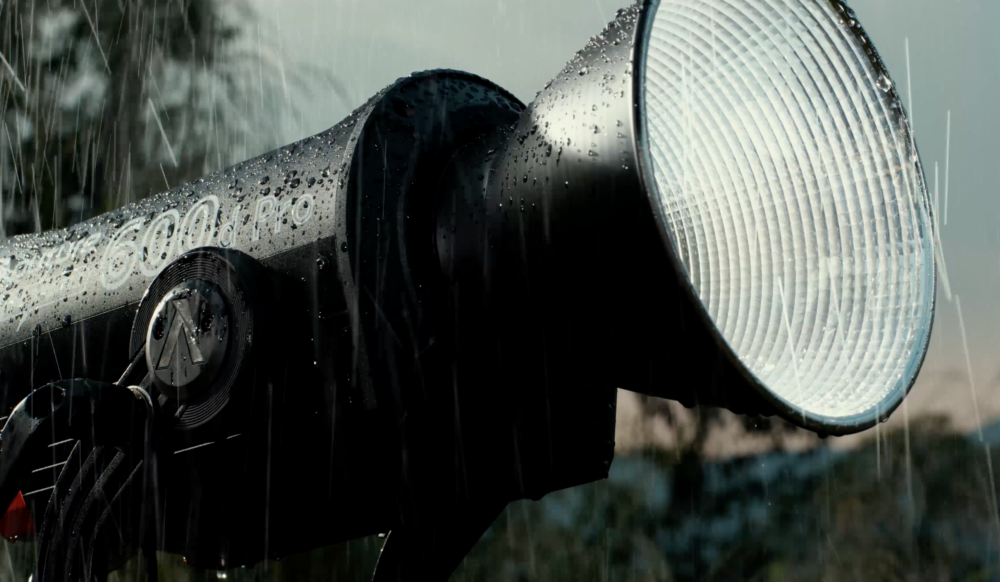
In comparison to the LS 600d, the Pro version is actually more robust and weather-sealed. This ensures that the light, ballast, and cables can withstand light rain.
If this feature is not important to you, you might consider saving money and opting for the non-pro version, which is also lighter.
The carrying case
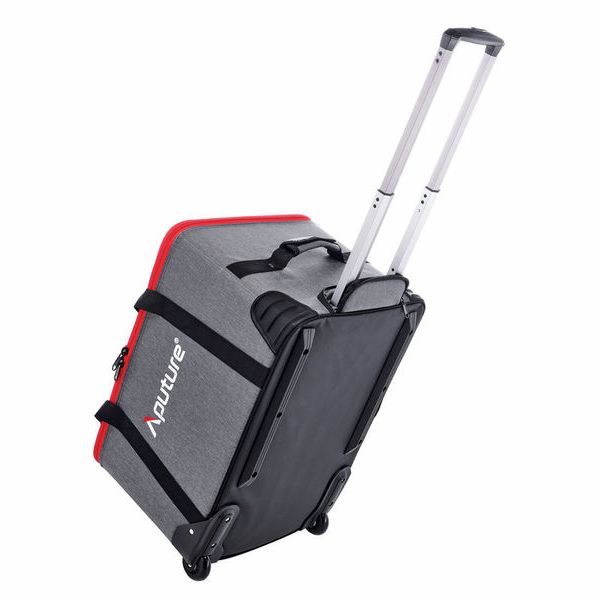
Again, Aputure was the first to offer troller suitcase for their larger product while Nanlite and other manufacturers just followed.
The light, ballast, cable and reflector fits perfectly well inside this suitcase, ou can even trade the reflector for the F10 fresnel.
The build quality is also slightly superior; for instance, the F10 comes with a sturdy bag, whereas the Nanlite includes an unpadded one. The higher cost can also be justified by the fact that the Aputure doesn’t include barn doors.
I would definitely trust sitting on this case, whereas I try to avoid doing so with my Nanlite 500B II bag.
The ergonomics
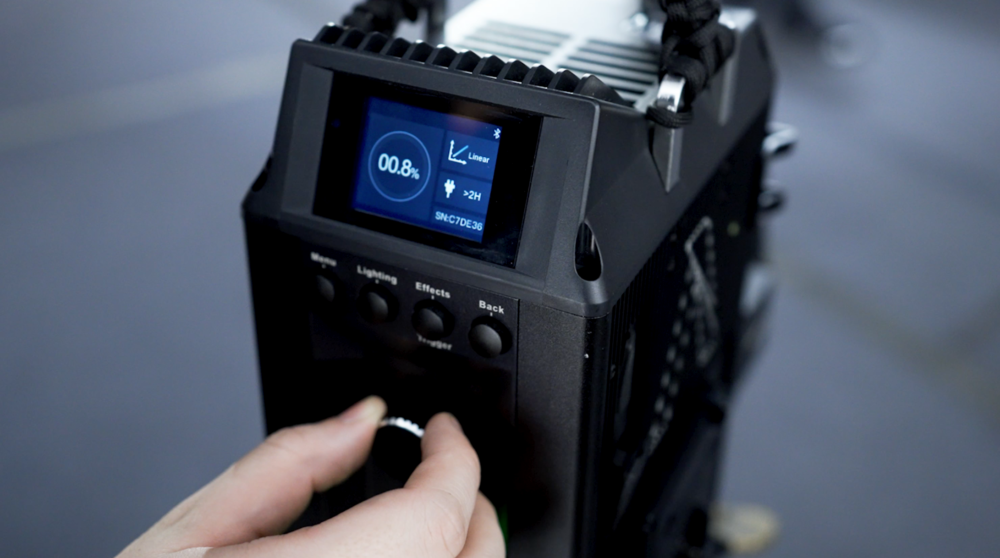
In terms of ergonomics, the 600D Pro sets the standard. I believe Nanlite has followed in Aputure’s footsteps with their second generation of light.
As of today, while I believe Aputure still maintains an edge with Sidus Link, offering options like curve selection, Nanlite is catching up, and both platforms are highly usable.
I believe Aputure has set the standard, and while most reputable manufacturers have caught up, there are still some meticulous attention to details that are unique to top-tier manufacturers like Arri.
The accessories
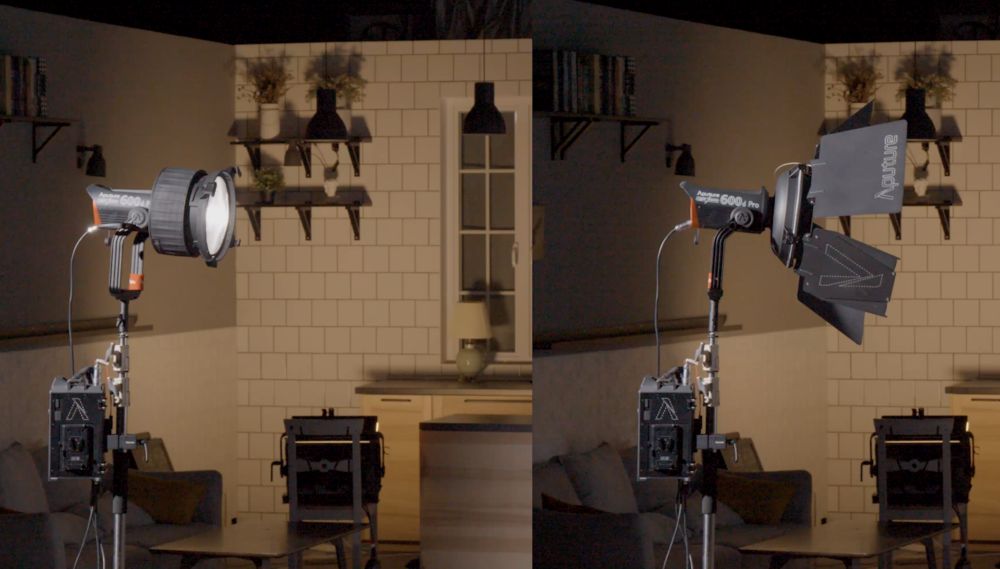
One downside of owning Aputure lights is the inconsistency in their COB specifications across different models, despite all featuring a Bowen mount. This variance in size and distance can result in accessories aligning perfectly with only specific products.
For instance, the Nanlite FL-20G is compatible with all lights featuring a Bowens mount, including those from other brands, while the F10 is not optimized for the 300d Mk II or the 1200d.
However, Aputure’s products showcase innovation, such as the F10 fresnel, which outperforms other Fresnels due to its advanced optics. They demonstrate a commitment to attention to detail and out-of-the-box thinking.
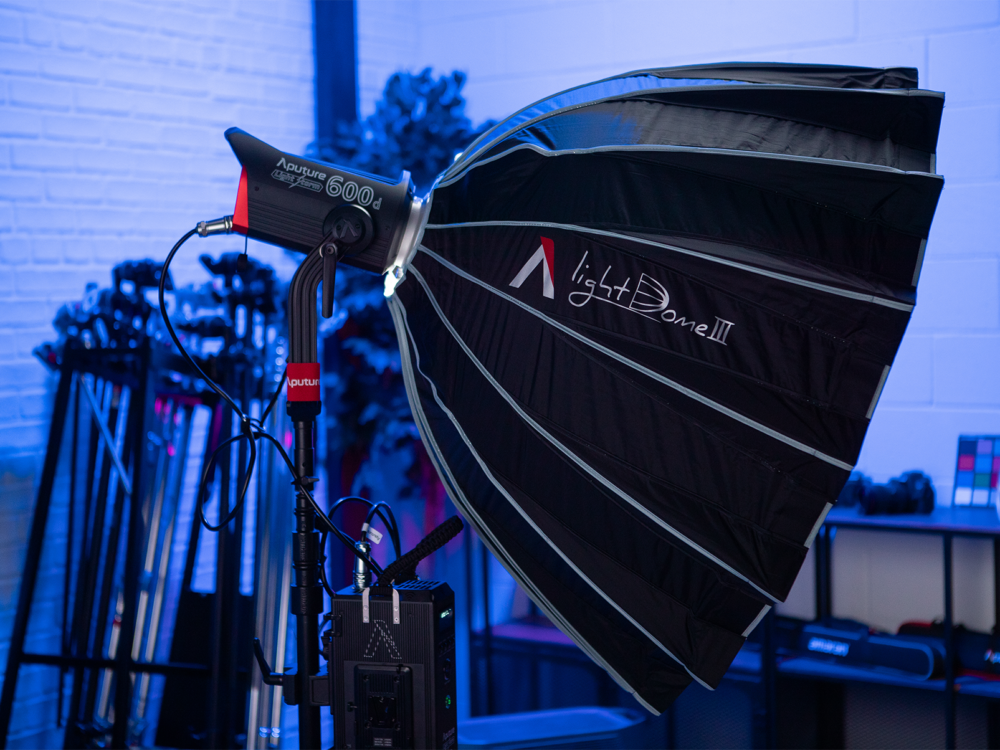
For example, the Light Dome III is possibly the quickest softbox to set up and features 16 rods that can be divided into two, providing a total of 32 angles for a rounder catch light.
In my opinion, Aputure seems to strive for over-delivery, while Nanlite aims to reduce costs. For instance, with Nanlite, the softbox grid needs to be purchased separately and is less effective.
Conversely, even with an inexpensive Aputure softbox, the grid is included and features higher-quality materials and stitching, resulting in smaller squares. Accessories are sold basically at the same price.
The light quality
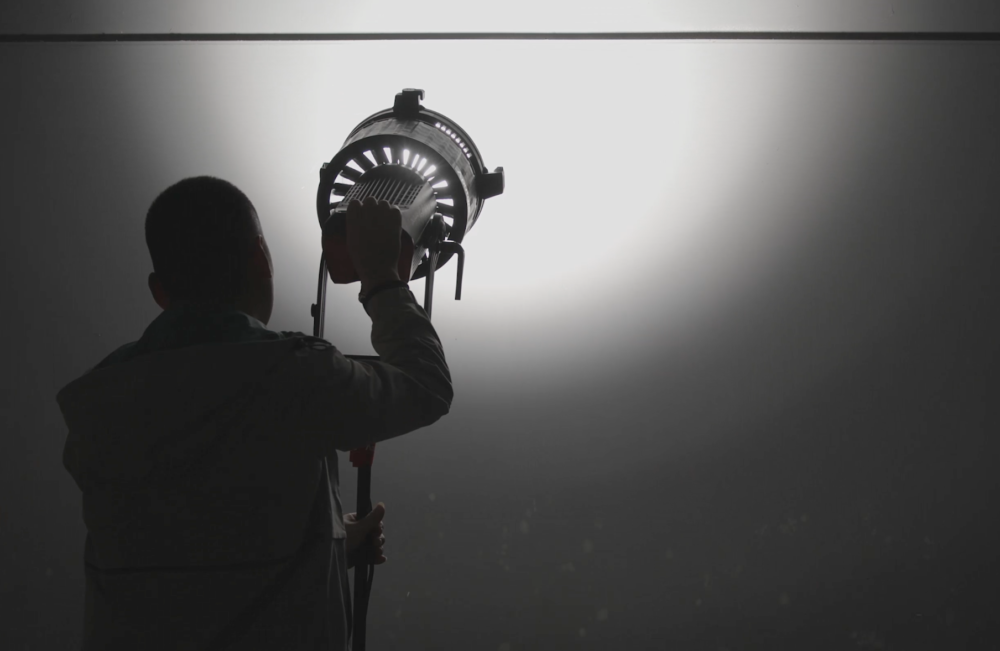
This topic is inherently subjective. On one side, there are photometric measurements, while on the other, there’s subjective perception based on what the eyes see.
It would be challenging for me to conduct a truly fair comparison between Nanlite and Aputure, as it would involve comparing bi-color and daylight LEDs.


What I can share is that the 500B II needs calibration for the Green/Magenta shift to achieve a neutral appearance, while the Aputure light appears neutral straight out of the box, akin to most strobes or standard lights.
I believe you can easily match these two lights, although in my observation, the Aputure light appears more accurate with fewer color casts, requiring less correction in post-production.

With a D56 SSI of 72, the light doesn’t appear as clean as a strobe in my opinion. However, compared to Bi-Color LEDs from Nanlite, you don’t have to contend with the strange green cast.
One thing that perplexes me is that whenever I watch, let’s say, Aputure’s Instagram feed, the colors always seem accurate, whereas when watching Nanlite, I feel like they are always slightly off. This is especially noticeable on skin tones, where we have what we call memory color, allowing us to quickly discern when skin tones are inaccurate.
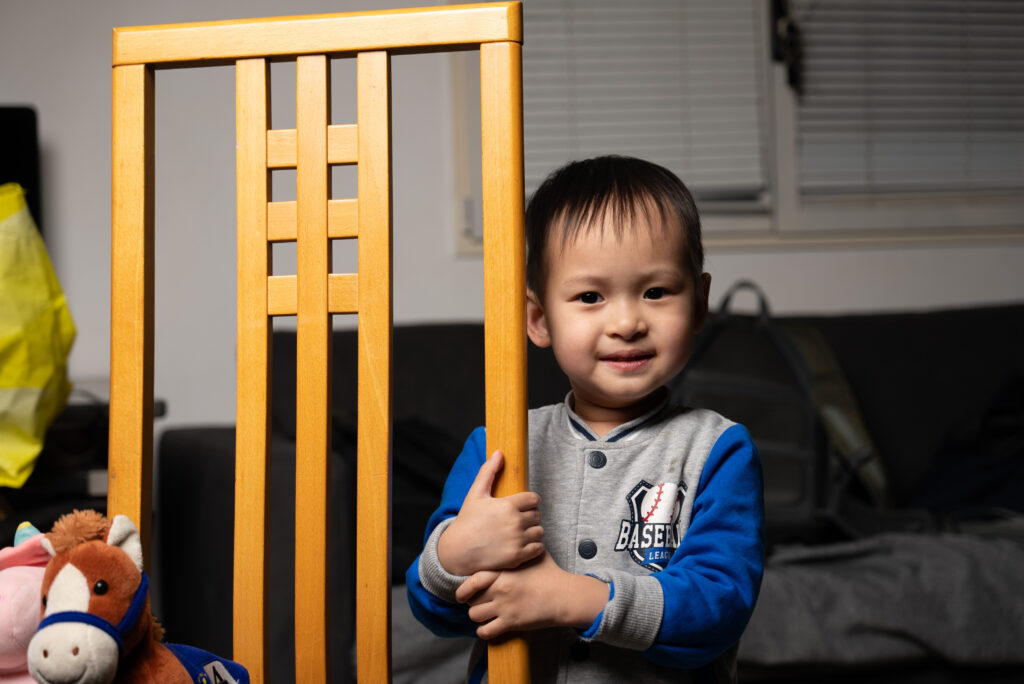
Even in situations with simple lighting setups, like having a light at 5600K and a softbox, the appearance of Nanlite seems to be quite white, sometimes greenish and harsh, whereas Aputure always looks slightly warmer and softer.
After comparing them side by side, I can confirm that achieving a pure white from Nanlite is challenging, whereas Aputure produces a perfect white straight out of the box.
With reflector
Aputure lights with reflectors are recognized for having a hotspot that elevates the intensity, whereas Nanlite provides a very uniform light beam. Personally, I appreciate a hotspot for portraits but not for lighting up a background, for instance.
With softboxes
Their softboxes come with an integrated inner diffusion that likely contributes to spreading the light more evenly and softly. It’s possible that Aputure simply has a larger budget and can hire more talented individuals, but it’s still perplexing that many people encounter strange color casts.
The fan noise
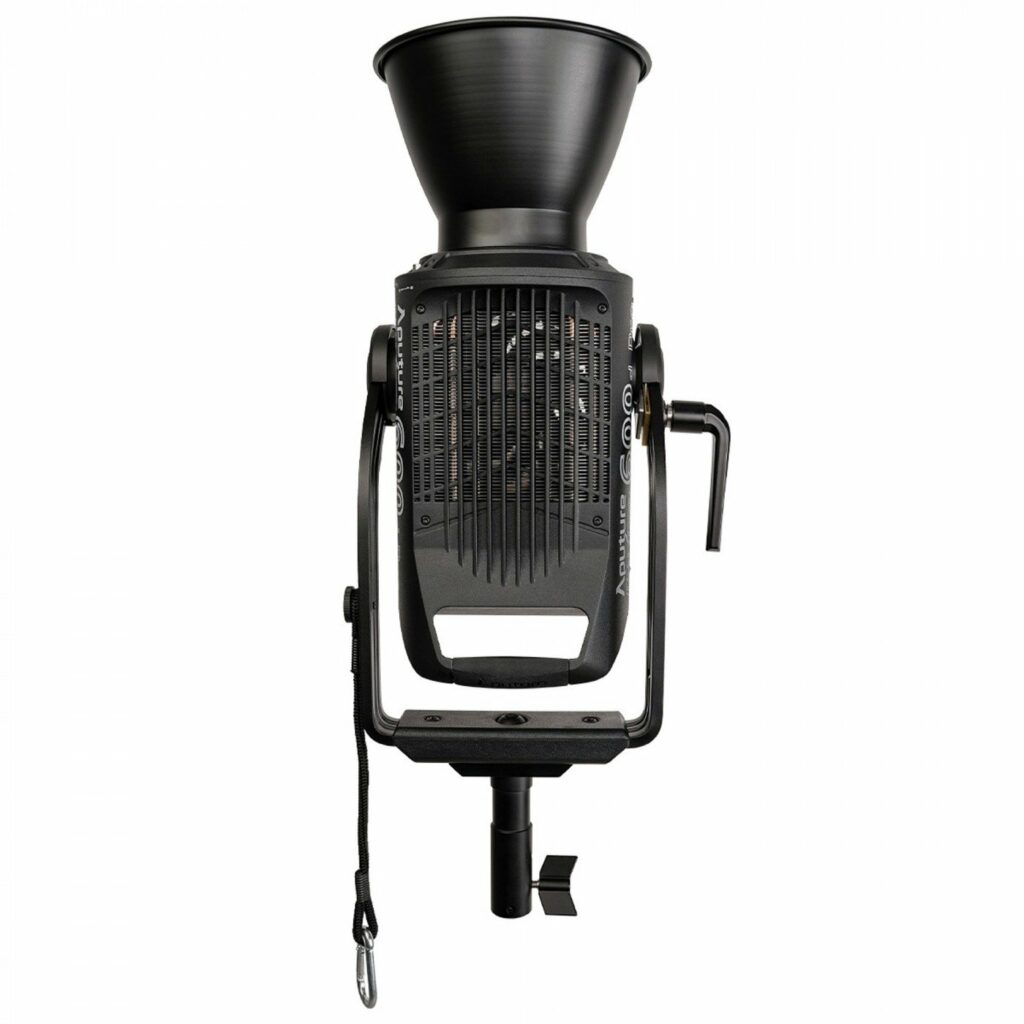
The fan noise is perhaps the only aspect that was disappointing with this light. Upon opening it, even in smart mode, the fan noise is noticeably loud compared to the silent fan operation of the 500B II.
It’s quite puzzling that the light emits so much noise even at 0% output in smart mode. It’s possible that this low setting is inherently noisy, and the high setting only engages when the light is at 100% output for an extended period.
The dimming curve
Aputure provides a variety of dimming curves for you to select from. Personally, I lean towards using the linear curve as it feels more organic to me. What I’ve observed is that even at 0.1%, the Aputure 600d Pro is still more potent compared to my Nanlite Forza 500B II, even when it’s set to 3%. In my view, the Nanlite performs better if you are looking to control your very low outputs.
Compared to the LS 600d
In comparison to the LS 600d, I believe this version offers weather resistance, improved build quality, an upgraded screen, and integrated Lumen Radio control.
Verdict
9.0 out of 10.
I understand why Aputure has such a dedicated following. In my opinion, the brand is unquestionably at the forefront of the small size production lighting equipment industry.
The 600d Pro, along with the 1200d, stands out as one of the first lights from their range to be featured in major blockbusters like Dune.
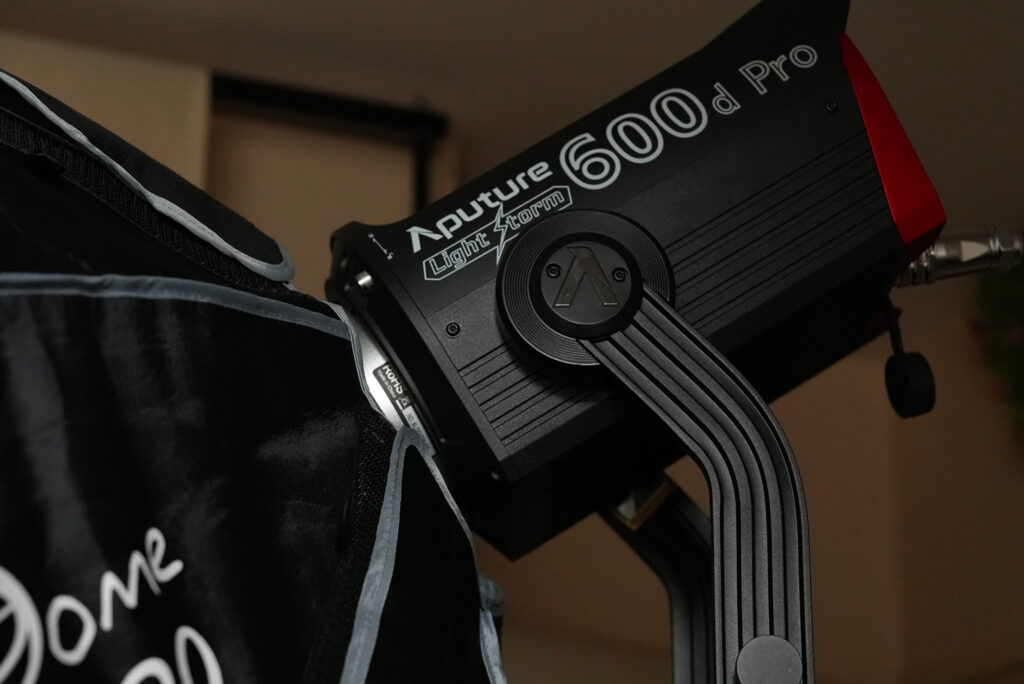
Their meticulous attention to details and superior engineering set them apart from the competition. Currently, Nanlite and Godox are primarily focused on providing more affordable alternatives.
At present, Aputure is placing a significant emphasis on the professional market, directly competing with Arri. This is why Nanlite is gaining ground in the semi-professional market.
The LS 600d Pro is arguably one of the most dependable tools in the industry today, as many small productions rely on several of them as workhorses.
Informations
Aputure Light Storm 600d Pro
Official website : https://www.aputure.com
Official page : https://www.aputure.com/products/ls-600d-pro/
Our video production : https://www.neonnight.fr/en/


GIPHY App Key not set. Please check settings
One Comment